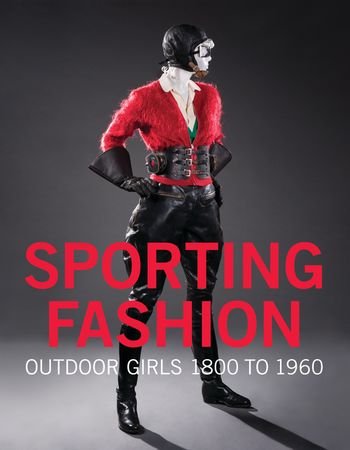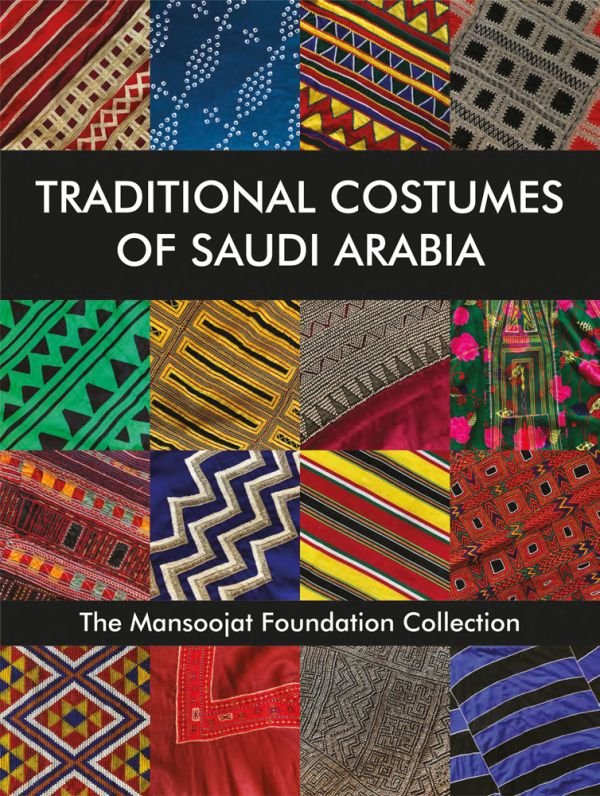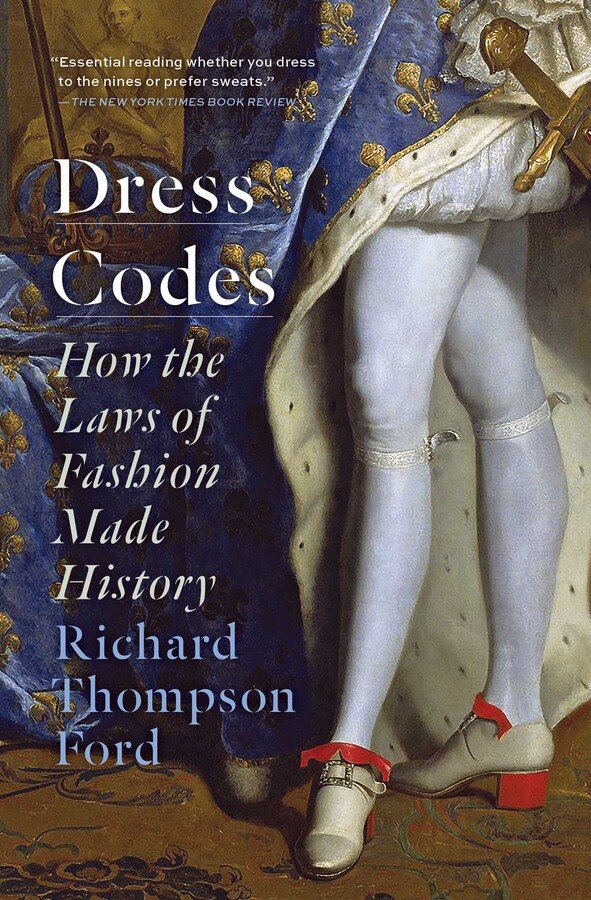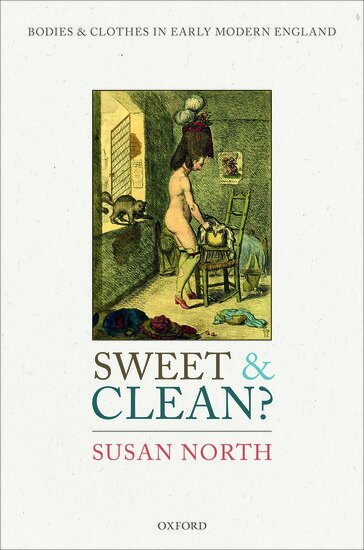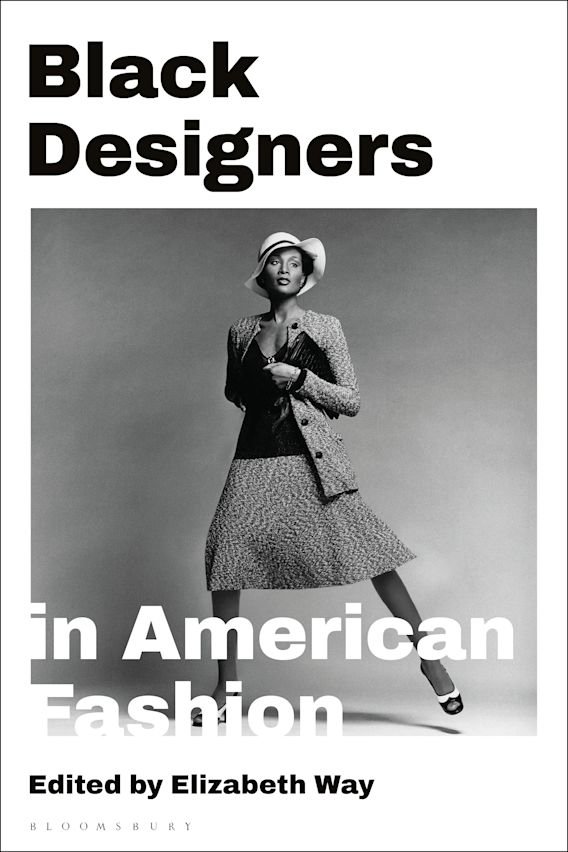I am a long-time member of the Costume Society of America and I am always excited when the Society announces the nominees for the Millia Davenport Publication Award. The award “recognizes and promotes excellence in the publication of costume, dress, appearance, and fashion related scholarship. The award is given annually to a newly published book or exhibition catalogue that makes a significant contribution to the above studies, reflects original thought and exceptional creativity, and draws on appropriate research methods and techniques. . . . The award, is named in honor of Millia Davenport (1895-1992), noted costume scholar, theatre designer, and founding member of the Costume Society of America. Her theatre work brought her international acclaim. She established and catalogued the library at the American Folk Art Museum. Her major published work, The Book of Costume (1948), was a pioneering visual history of Western fashion from ancient civilizations through the late nineteenth century.”
The nominated books were all excellent and more than one were truly outstanding. The nominees were:
Black Designers in American Fashion, Elizabeth Way, editor, FIT/Bloomsbury.
Dress Codes: How the Laws of Fashion Made History by Richard Thompson Ford, Simon and Schuster.
Sporting Fashion; Outdoor Girls 1800-1960 by Kevin Jones and Christina Johnson, FIDM/Prestel.
Sweet and Clean? Bodies and Clothes in Early Modern England by Susan North, Oxford University Press.
Traditional Costumes of Saudi Arabia: The Mansoojat Foundation Collection by Hamida Alireza and Richard Wilding, eds.; ACC Art Books.
The following are my reviews of some of the nominated books.
There can only be one winner and in 2022 it was Sporting Fashion - Outdoor Girls 1800-1960, the spectacularly illustrated catalogue of the landmark exhibition of athletic fashion that was organized by the curators at the FIDM Museum at the Fashion Institute of Design & Merchandising in Los Angeles. The exhibition was co-organized by the American Federation of Arts and is traveling to five museum venues over the next two years; see information and schedule at the Federation’s website. The formation of the collection of sports clothes by the FIDM Museum represents the primary research achievement of Sporting Fashion. I am not aware of any other comprehensive collection of women’s active sportswear (although the subject has been explored in more than one exhibition at FIT alone). The collection is illustrated with the highest quality photographs and the authors have styled the head-to-toe ensembles with all the appropriate accessories and equipment. The book is a visual triumph and the biographical sketches of female athletes from many periods that are scattered throughout the book are an excellent contribution to the mix. The book is weighty, literally, and its scale grants to the subject an appropriate sense of importance.
Other worthy nominees captured my attention as well:
Traditional Costumes of Saudi Arabia: The Mansoojat Foundation Collection is a huge achievement for an organization whose mission is to “revive and preserve the traditional ethnic designs and costumes of the various regions of the Kingdom of Saudi Arabia; to promote and conduct academic research important for the understanding of the history and culture of the region, and to raise public awareness for the appreciation of this unique heritage.” The Foundation has made an outstanding contribution to the history of dress by forming a remarkable collection and documenting it in this splendid book. The most outstanding features are the photographs of the collection that form, at the very least, the core of a definitive visual encyclopedia of Saudi dress. The photographs, of dressed mannequins, have the simple clarity and high quality that allows for study of the dress of specific tribal groups and comparison from tribe to tribe. Due to the paucity of scholarship in the area of Saudi dress the editors readily acknowledge the necessity of drawing upon experts in a number of disciplines. This potential for editorial chaos, in fact, has led to a publication with a lively variety of scholarly perspectives. You can view much of the collection gathered by the Foundation on its website: www.mansoojat.org
Black Designers in American Fashion, a collection of essays by notable scholars, is excellent in every way, including scope, scale, scholarship, significance, organization and originality. The loosely chronological organization gives the book a clarity that could have been lost in a multi-author publication and supports the theoretical framework around which the book is built: Black fashion makers in the United States have a continuous history in which each generation has built upon the achievements of the preceding generations. The inclusion of a variety of makers, from enslaved dyers and weavers to seamstresses, dressmakers, designers of haute couture and of avant-garde jewelry, reveal the full scope of Black designers’ contributions to American fashion.
The deadline to submit titles for consideration for the 2023 Millia Davenport Publication Award swiftly approaches: October 15, 2022. Learn more about the award, qualifications, past recipients, etc. at the website of the Costume Society of America: www.costumesocietyamerica.com
